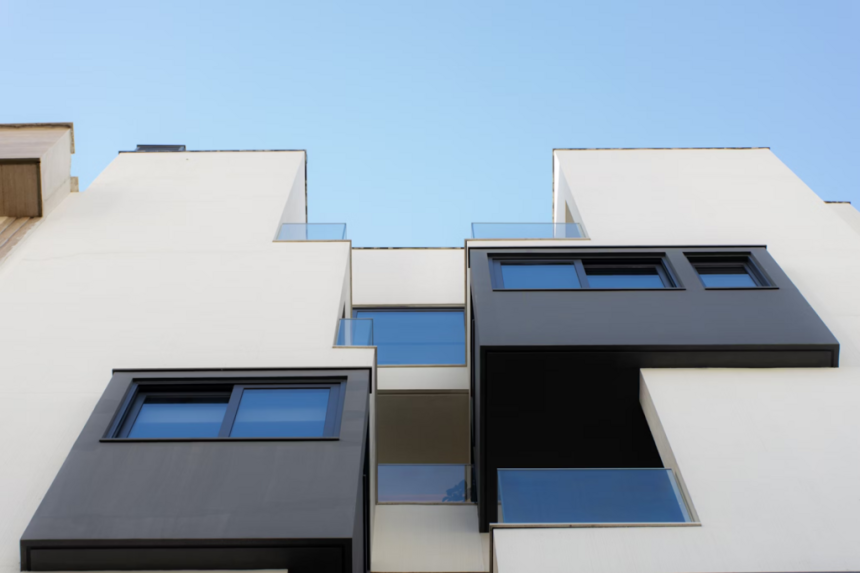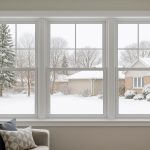The question shaping many 2026 real-estate decisions isn’t “Where should I buy?” so much as “Should I buy new—or buy older and renovate?” With labor markets stabilizing and supply chains less volatile than in 2021–2023, both strategies can pencil—if you understand true renovation costs by region, assemble the right design team early, and run a disciplined preconstruction process. Here’s a pragmatic, news-style guide to help investors and end users decide which path creates the most value this year.
The Baseline: What Renovation Really Costs Now
On the East Coast around New York—think New Jersey suburbs and outer-ring counties—mid-range whole-home renovations commonly land between $150 and $250 per square foot, with lighter refreshes starting around $100 per square foot when scope stays cosmetic. Kitchens typically start near the low $30Ks for mid-range finishes, while bathrooms vary widely with layout and waterproofing complexity. Those ranges exclude ultra-luxury boroughs and landmarked properties where logistics and approvals add significant premiums.
In California’s mid-market metros—not the priciest coastal ZIP codes—budgets skew by city and scope. In Sacramento, homeowners reported $100,000–$200,000 for full-home remodels in 2025, with kitchens in the $25,000–$75,000 band depending on cabinetry and layout changes. In the Inland Empire, kitchen remodels typically fall $40,000–$75,000 for mid-range work, with whole-house totals scaling from there. Translation: California can be comparable to the East Coast on a per-project basis, but big-ticket systems upgrades (seismic, HVAC) and longer permitting in some cities may extend timelines.
If you’re gauging “payback,” remember that the Cost vs. Value data remains a useful sanity check. It benchmarks average costs for 20+ categories (from “minor kitchen remodel” to siding replacement) across 150 U.S. markets and reports typical resale value recapture—handy for prioritizing scope when you can’t do it all at once. Use it to compare project types rather than to forecast your exact ROI.
When Renovation Beats New Construction
Renovation shines when location and bones are right. Older homes in walkable districts near jobs, transit, or schools often carry intrinsic value you can’t replicate on a new lot. Retain the shell, re-plan the interior for sunlight and circulation, upgrade envelope and systems, and you can create “like-new” performance without paying for raw land or lengthy greenfield approvals. It’s also the more sustainable option when you preserve foundations and structure, trimming embodied carbon along with dumpster fees.
When New Construction Wins
Buy-new can be the faster route if the goal is a modern layout on a predictable schedule—especially where by-right zoning and shovel-ready subdivisions compress approvals. New builds let you standardize spans and mechanical runs, simplifying trades and reducing change orders. Insurance pricing (roof class, wind/hail) may also be better on brand-new assemblies in some markets. The catch: land, impact fees, and interest carry can erase those advantages if entitlement drags.
How to Cut Costs (Whichever Path You Choose)
Keep forms simple. Every bump-out adds dollars. Standardize window sizes and sill heights; repeat structural bays. Phase wish-list items (landscape, built-ins) instead of overloading base bids. In renovation, target the envelope first—air sealing, attic insulation, high-performance windows—so mechanical downsizing becomes possible. In new construction, pick a durable exterior palette (fiber-cement or well-detailed stucco, rated roofing, thermally broken windows) to protect operating costs and future premium hikes.
Bring Your Architect in Sooner Than You Think
The best time to call an architect is before you own the property—ideally during due diligence. Ask for a short feasibility pass: zoning constraints, rough structural read, and a plan-level test of egress, daylight, and wet-wall stacking. That two-to-three-week sprint prevents buying into unfixable problems. Once engaged, expect milestone deliverables (Schematic Design → Design Development → Permit Set) and billing by percentage of construction cost, fixed fee, or hourly. Typical residential ranges: ~5–20% of construction cost, with remodels often at the higher end due to site unknowns; hourly rates frequently run $125–$250 depending on market and scope. Confirm what’s included (coordination, permit responses, site visits) and how extras are handled.
Collaboration That Saves Months
Speed comes from decisions made with clear visuals—not after ten email chains. Many teams now rely on a cloud-based blueprint maker to keep the 2-D plan and 3-D model in sync, produce photorealistic views in under five minutes, and export PDFs/DXFs for engineers and plan reviewers. That workflow doesn’t automate code checks; it simply gets everyone on the same page sooner, reducing redraws and helping you enter permitting with a coordinated set.
What You Pay—and When
Expect a retainer at kickoff (often tied to schematic scope), then milestone invoices at SD/DD/Permit Set and during construction for site visits and RFIs. If you’re renovating, budget for exploratory demo before locking drawings; it’s cheaper to verify framing and utilities now than to redesign mid-build. Keep a separate 10–15% contingency for unknowns (plaster behind tile, buried junction boxes) and don’t spend it on finishes. For new construction, buy out long-lead items (windows, switchgear) early to avoid price creep.
Red Flags That Turn Deals Into Money Pits
On the East Coast: sagging ridge lines, chronic ice-dam staining, and spider-cracked plaster at corners often point to insulation/air-sealing gaps and structural creep. In California: hairline foundation cracks are common, but horizontal or stepped cracks, cripple-wall tweaks, and unpermitted garage conversions deserve an engineer’s eye. Everywhere: inconsistent window schedules (too many sizes), undersized mechanical rooms, and chopped-up circulation add cost with little lifestyle payoff. Walk away, or price the cure.
How to Find the “Gems”
Look for shallow floor plates that pull natural light (rooms within ~25–30 feet of a window), simple massing that welcomes envelope upgrades, and neighborhoods with improving amenities but stable taxes. A boring exterior with a rational structural grid is a gift: you can elevate curb appeal later; you can’t fix a tortured plan cheaply. If new, focus on communities with transparent HOA/ARC standards and predictable inspection calendars.
The Decision Framework for 2026
If your priority is location and character, and you’re willing to manage unknowns, buy older and renovate—with a strong team and a measured scope. If your priority is speed to comfort with fewer surprises, buy new—but only where land and approvals don’t erase the efficiency. Either way, treat preconstruction like an investment: bring the architect in early, decide quickly with clear visuals, and standardize details so trades can execute without improvisation.
In a year when rate relief looks gradual and construction capacity is finite, the winners won’t be those who guess the market—they’ll be those who control the process. Pick your path, build your team, and let disciplined design do the compounding.
Lynn Martelli is an editor at Readability. She received her MFA in Creative Writing from Antioch University and has worked as an editor for over 10 years. Lynn has edited a wide variety of books, including fiction, non-fiction, memoirs, and more. In her free time, Lynn enjoys reading, writing, and spending time with her family and friends.















